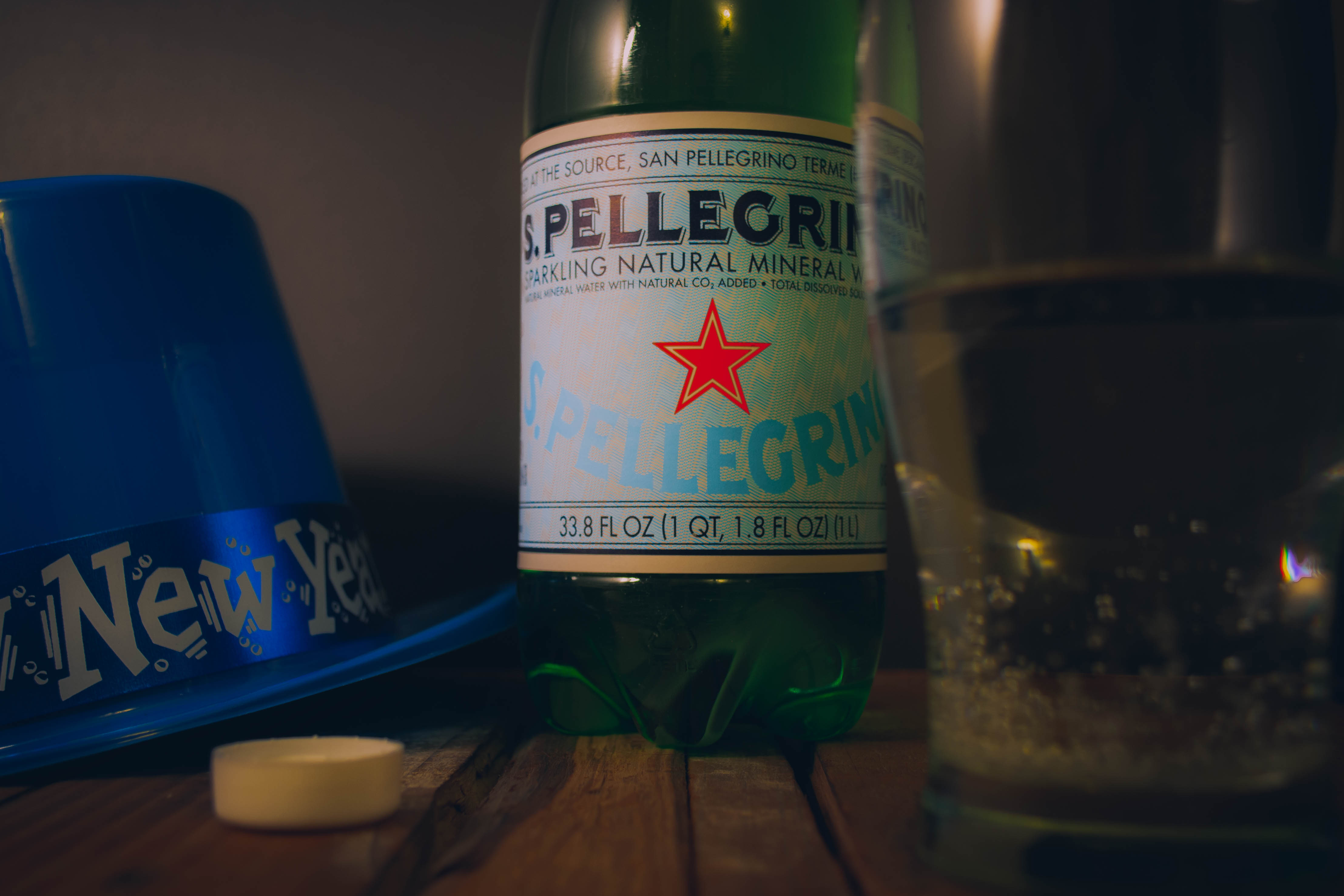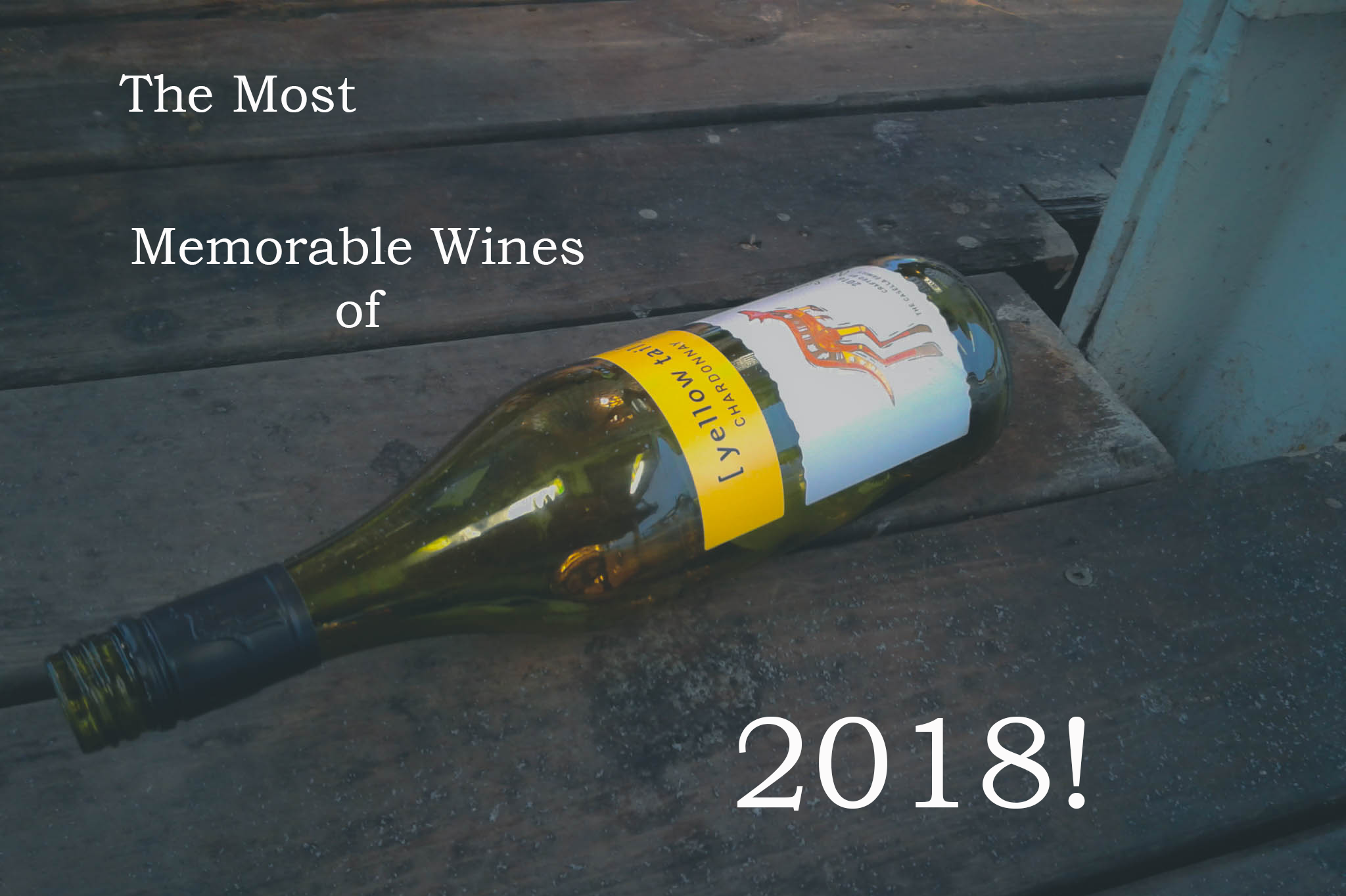I’ve made multiple attempts at blogging, with varying degrees of success. The biggest issue, the reason things usually fail, is that after a couple of months I lose interest. It’s all well and good to be working on a blog, but what is the end game? Why am I writing the blog? None of my previous blogs have ever really been able to answer that question.
In this case, writing about wine, I have goals, both short and long term. I’ve been working on this blog for over a year now and this is the first post I’m making any effort to promote, because I think I’m finally at a point where the kinks are ironed out and I’m ready to move forward.
One of my challenges over the past year is that I didn’t know how to take good photos. Like everyone else, I have a camera on my phone, but I’d never really taken the time to learn anything about photography. What the hell is an F-stop? Or an ISO? Editing, you mean like an Instagram filter?
I expressed this problem to Justin Bowling while I was showing him an earlier version of this site. His response was to gift me a camera he had from college, and for the next year he, and a few other friends, encouraged me to learn how to use it. I’ve put a lot of free time into understanding how to take photos, as well as editing them in software like Lightroom and Photoshop. I’m still very much an amateur, but I’ve learned a lot and I’m confident enough in what I’m doing to move forward.
So, for this, my first post debuting this site to friends and family, I thought I’d recap 2018 with a series of photos to show what I’ve learned over the past year.

This is one of the first photos I shot of a wine bottle with the intention of using in a blog. About six months into working on the site, I deleted everything and rebuilt it all from the ground up. I’ve reposted the blog for this wine with new images, but it’s a good point of reference to see where I was starting from before moving on.
Composition, lighting, photo quality, and clarity are all lacking here. I’ve accomplished the basic task of capturing the subject, but I failed to do it in a way that is interesting. I guess I should also use this moment to clarify, not all of these photos are good. In fact, some of these photos are bad and I’ve included them to show how I’ve progressed.
Part 1: Lighting Issues
One of the most fundamental parts of photography is capturing your subject with the correct lighting. From that first photo, I started moving my bottles directly in front of the window to shoot them. This was better than how I had started, but it also meant I was shooting directly into my light source.
After a couple of weeks, I realized I could shoot from a different angle and the light was better, plus I didn’t have that blown out white sky in the background. Of course, it also meant I’d have the radiator in the background of all my pics. So, I moved a little further from the window, against a wall, and found success.
Another major issue for me was that most of my free time is at night, especially kind of free time where I would be inclined to open a bottle of wine. Taking photos in a dark apartment at night is challenging, so I began experimenting with different light sources, including candles, which worked a lot better than I expected.
Eventually, I bought a desk lamp and some poster board to use as a reflector, using that combination to light staged photos with different colored poster board backgrounds and table cloths. This is still how I’m operating at the moment, but I have plans to pick up more elaborate lighting at some point.
The last three pictures in this series are straight out of the camera, with no editing, just to demonstrate how different camera settings and lighting set-ups can affect a photo.
Part 2: Composition
Composition is as much a part of a good photo as lighting. The first couple of shots were inspired by my friend Shiyang, who had shared some of his pictures with me years ago in Springfield. Those conversations with him were the extent of my understanding on photo composition.
I quickly learned that contrasting focal points made for interesting photos, with one subject clearly focused in the foreground or background and another out of focus in the in the opposite field. I’ve been using this same trick over and over for months and while I might try new things, these are usually the photos that seem to work out best when I start editing.
I’m starting to throw props in the photo with the wine, trying to capture a mood or tell a story. I think this is going to be a new dynamic layer in my photos once I understand it, but as of right now I’m still in the very early stages of figuring it out.
Part 3: Editing
For this last series of pictures, I wanted to show the impact editing has had on how I shoot. The first photo in each pair is straight out of the camera without edit, while the second picture has been edited.
In an ideal situation, the edits should be subtle. In the first pair you can see a drastic difference, not only is the photo shot at an incorrect angle, the lighting is also terrible. I left a little haze over the edited photo to soften the grainy quality of the picture and give it a sense of atmosphere.
For the next three pairs the edits are pretty simple. These were each shot in the exact same place, on different days, with a similar lighting setup (window, desk lamp, poster board). Most of the edits are pretty simple, though I did add some blue to the shadows in the picture with my cat.
In the last pair of photos I’ve gone from making simple edits into complete photo manipulation, changing the color scheme to make a photo of a warm drink seem cool.
As I said, these pictures are by no means professional, but I think they do demonstrate my development over the course of a year. I still have a lot to learn, but I’m excited to see how what kind of photos I’ll be taking by the end of 2019.
For those who are just seeing my site for the first time, welcome, and thanks for taking the time to check things out. If you click around the site, let me know what you think. Did you find an error? Is there something I could be doing better? Leave me a comment or shoot me a message.






































